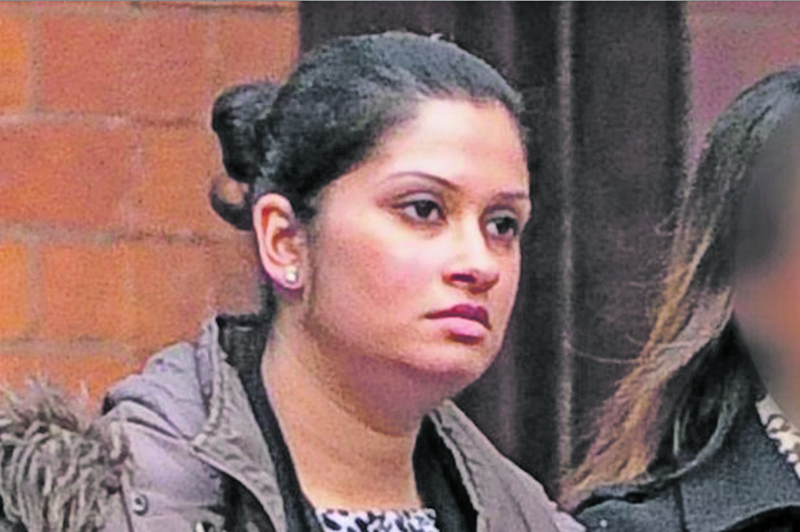The Bradford District Economic Strategy has been unveiling an ambition for Bradford to become the UK’s fastest growing economy over the next decade.
Economic Strategy sets out Bradford’s ambition to be the UK’s fastest growing economy over the coming decade, by increasing the number of productive businesses and supporting young and enterprising people to innovate, invest and build fulfilling lives in the district. The plan will be delivered by The Bradford Economic Partnership.
Held at Kala Sangam in Bradford City Centre on Wednesday 6th March the strategy was unveiled by David Baldwin, Chair of the Bradford Economic Partnership. He was joined at the event by: Cllr Susan Hinchcliffe, Leader of Bradford Council; Kersten England, Chief Executive of Bradford Council; Roger Marsh, Chair of the Leeds City Region Local Enterprise Partnership; and Sir Richard Leese, Leader of Manchester City Council.
The strategy unveiled Bradford’s ambition to be the UK’s fastest growing economy over the coming decade, increasing the value of Bradford’s economy by £4 billion, getting 20,000 more people into work and ensuring 48,000 more people in Bradford have NVQ Level 3 skills.
Based on a new model for growth, the strategy is designed to create inclusive and sustainable growth – to ensure that everyone in Bradford District can contribute to and benefit from growth, whilst ensuring that growth protects and enhances Bradford’s physical and natural environments
Cllr Susan Hinchcliffe, Leader of Bradford Council, explained: “Launching the Bradford District Economic Strategy is a major step forward for the Bradford District. It sets out our ambition to become the fastest growing economy over the next decade, aiming to increase the size of Bradford’s economy by £4 billion by 2030.
“Our strategy is based on making best use of Bradford’s three strategic assets – our young, diverse and growing population, our strong and productive businesses and our diverse places and communities.
“The actions from this strategy will set the positive direction for growth in Bradford district for years to come. We need to ensure all our young people are equipped with the skills and confidence to succeed and are connected through improved transport infrastructure.
“We’ll use our unique architecture, heritage and cultural assets to create compelling investment propositions and build on our business and sector strengths. It’s an exciting time for the district.”
Bradford is currently home to 534,000 residents and 15,700 businesses, with an economy worth £10 billion. This strategy targets raising Gross Value Added per head of population from £18,600 to £26,600, whilst ensuring that Bradford District’s CO2 emissions remain below national and northern levels.









